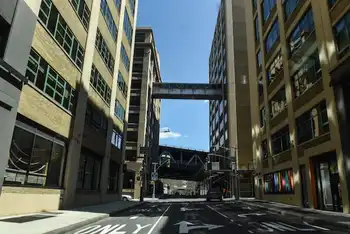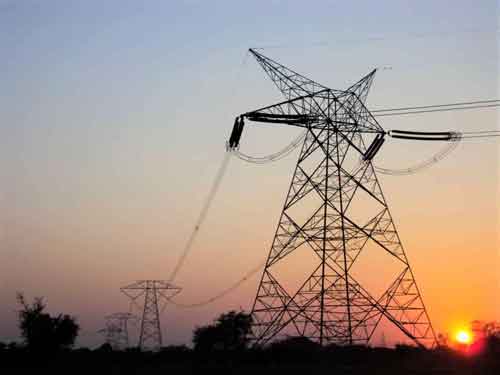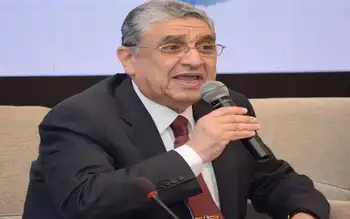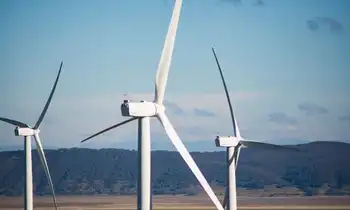High-tech wire, switches seen boosting grid
CLEVELAND -- - With all the headaches involved in commandeering new rights of way for power lines, experts point to several new technologies that can wring more capacity out of the existing electricity infrastructure.
Whether they're wires that can ferry more juice or digital switches that can make rapid-fire routing decisions, experts say there is no shortage of ways to improve upon the 1960s-era technology that pervades today's electric grid.
"The existing rights of way are going to be the first areas to be exploited," said David Kurzman, an alternative energies analyst with New York investment bank H.C. Wainwright.
Technology is the easy part. A knottier problem is the ownership morass the industry is stuck in, with a patchwork of utility fiefs lacking clear ownership and investment incentive.
"Most of these problems could be fixed today with existing technologies," said Eric Prouty, an energy technology analyst with Boston investment bank Adams, Harkness & Hill. "It's more a legislative and policy issue than it is a technology issue."
Three years ago, the U.S. Department of Energy said as much. The agency's report on a wave of power outages that hit East Coast cities in 1999 found that utilities' cost-cutting had "considerably eroded" the grid's reliability.
Many feel that last week's blackout will turn attention toward adding more capacity to the grid — especially in crowded swaths of the United States and Canada — but not necessarily by erecting new power transmission towers and lines.
A pair of companies are developing wires made of ceramic-based superconductors that can withstand the high temperatures of massive electricity flow and carry as much as five times the power of current steel-reinforced aluminum wires.
One, Intermagnetics General Corp. of Albany, N.Y., has developed a cable made of strands of ceramic-coated tape. Like underground electric cables, the ceramic cables have a liquid core that carries a coolant. But instead of filling them with oil, the cables are cooled by 300-degrees-below-zero liquid nitrogen, said Glenn Epstein, the company's chief executive.
In a similar project, American Superconductor of Westborough, Mass., is overseeing a project that will bury a half-mile long, high-capacity cable on Long Island that carries power for 300,000 homes. It's expected to be in use by 2005, with cables ready for commercial use a year or two later, said company vice-president John Howe.
In the short term, 3M Co. and other manufacturers have developed high-capacity overhead power lines made of an aluminum-zirconium composite.
The wires, which are already being manufactured for sale, can ferry two to three times as much power as current cable, said John Cornwell, spokesman for St. Paul, Minn.-based 3M.
While superconductors must be buried, the 3M wires could replace existing wires on transmission towers, Cornwell said.
Other grid-boosting solutions include software and switches to steer power around bottlenecks and onto less crowded wires, and line sensors that transmit the temperature and wind data to the utility control room, telling computers to reduce a load when a wind stops cooling a power line, for example, said Luther Dow of the Electric Power Research Institute in Palo Alto, Calif.
Related News

Covid-19 is reshaping the electric rhythms of New York City
NEW YORK - At his post 150 miles up the Hudson, Jon Sawyer watches as a stay-at-home New York City stirs itself with each new dawn in this era of covid-19.
He’s a manager in the system that dispatches electricity throughout New York state, keeping homes lit and hospitals functioning, work that is so essential that he, along with 36 colleagues, has been sequestered away from home and family for going on four weeks now, to avoid the disease.
The hour between 7 a.m. and 8 a.m. once saw the city bounding to life. A sharp spike would erupt on the system’s…




